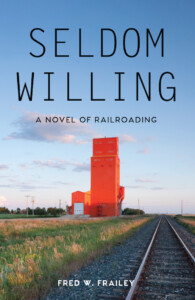 Asked who my main influence has been as a writer, my reflexive answer is always “David P. Morgan.” The great editor’s inspiring use of language is what, in my opinion, made Trains magazine so important to generations of readers. And although I’d never be foolish enough to compare anything I write to that of D.P.M., he’s always in there, somewhere.
Asked who my main influence has been as a writer, my reflexive answer is always “David P. Morgan.” The great editor’s inspiring use of language is what, in my opinion, made Trains magazine so important to generations of readers. And although I’d never be foolish enough to compare anything I write to that of D.P.M., he’s always in there, somewhere.
But lately I’ve been rethinking that. Especially with the arrival a couple of weeks ago of the latest creation of my friend Fred Frailey, the celebrated railroad writer and former Trains columnist. I arrived on the Trains staff in 1987 and one of the first things my boss J. David Ingles gave me to edit was Fred’s sprawling two-part “River Wars” saga, about the MoPac and Cotton Belt’s bitter rivalry, which appeared in the magazine in the May and June 1988 issues.
I remember thinking, “Now this, this is magazine writing.” All of Fred’s strengths were on display: his deep research, his synthesis of railroad culture and practice, his sense of humor, his skill at eliciting the pithiest quotes in the world. I thought to myself, “You need to study this guy.” So, I did, going on now for almost 40 years.
I’m studying Fred all over again, now that his latest book — a novel no less — has arrived on my Kindle. For months, Fred has been giving some of us hints about his first attempt at fiction, something I never would have predicted. And my verdict? I couldn’t put the book down.
It’s called Seldom Willing, a fast-moving story of a Midwest railroad that evolved out of the goo of the late 1970s, an era when carriers strong and weak were caught up in the last throes of mid-century railroading, heading inexorably for the consolidations of the 1980s and ’90s.
I won’t spoil the plot, because I hope you’ll read the book, but it’s a barn burner of a tale, centering around a regional railroad spun off from a Class I in the most unusual of circumstances. The railroad in question is the South West Kansas, or, as its wags called it, the “Seldom Willing.” The principle thrust of the book is how this railroad was carved out of the much larger and bloated Central Pacific, then nimbly outflanked its predecessor. (It’s fiction, remember. This Central Pacific is not that Central Pacific.)
Along the way you witness a gnarly train wreck, boardroom chicanery worthy of any Wall Street movie, and a cast of colorful railroaders that are spot-on. Fred’s work has always displayed a genuine feel for the entire spectrum of railroaders, from the CEO’s office to the dispatching desk to the cabs of locomotives. He’s also a product of the region in which the novel takes place, having grown up in Sulphur Springs, Tex. That familiarity shows up in all his characters.
When I spoke with Fred about the book, I wanted to talk a bit of shop: How exactly did you do this? Where did the ideas come from? What did it take to plot the action?
I wasn’t prepared for his answer. Knowing Fred’s mastery of long-form magazine writing, I expected him to tell me about piles of reference books and Official Guides surrounding his desk, or a detailed outline on his computer screen, or reams of note paper with intricate instructions on pulling all the story threads together. Instead, his answer reminded me a bit of Bob Dylan, who often claims he doesn’t know where his lyrics come from, they just sort of arrive.
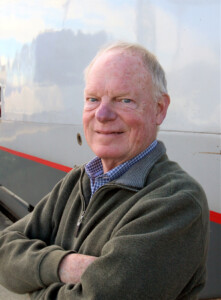
“When I’d sit down to write, I had no idea where I was going,” Fred told me. “Only the vaguest notion of how to proceed. Nothing was scripted, nothing was outlined. I’d write myself into situations and suddenly have to say to myself, ‘now get yourself out this, Fred.’ It’s a hell of an undisciplined way to write.”
One thing that held him in good stead was his lifelong fascination with operations and geography. Years ago (and perhaps today) I knew Fred to be obsessed with dispatching games and simulations, the result, I suspect, of the way he wrote so many of his stories, with deep dives into railroad divisions and subdivisions, employee timetables, and the like. When Fred did those MoPac/Cotton Belt pieces, you could tell he knew the territory cold.
All that came in handy when he “created” the South West Kansas. “One thing I did was come up with an imaginary employee timetable, with distances, stations, mileposts, etc. This gave me a set of references that allowed me to avoid Googling a lot of stuff. It was an amazing experience. I’m not used to making stuff up. My whole life I’ve trained myself to not make stuff up!”
Imaginary or not, every word of Seldom Willing rings true, at least for me. Talk about Googling: several times as I read the novel, I impulsively reached for my iPhone to look up the characters in Fred’s book, see what they looked like, learn where they’d come from, maybe find them on LinkedIn, only to remind myself “Dude. They don’t exist!” That’s how much Fred hooked me.
One thing Fred mercifully left out are train-operating references that would bog the story down; he’s looking for an audience beyond railfans. He doesn’t have his characters closing every blasted angle cock.
Fred’s not done at the fiction game. He’s already hard at work on a second novel, working title “39 ¾ hours,” about a trainload of characters thrown together on a Chicago-Los Angeles run of the Super Chief in the heyday of the Santa Fe’s greatest train. This time, the stream of consciousness approach won’t work, Fred said.
“This next one will be loaded with references, including from biographies of movie stars,” he explained. “I simply take 12 people, shake vigorously, and see how they interact. Some of these folks are real, some are products of my brain, but this time the whole thing needs to be plotted and planned out.”
Whatever Fred comes up with, I’ll be reading and studying it. Even after all these years, there’s more I want to learn from this uncommonly skilled writer.
Meanwhile, Seldom Willing, which Fred self-published, is available in hardcover on Amazon and by extension some other online sources. I highly recommend it. You might also check out Trains columnist Bill Stephens’ excellent piece about the book on the Trains website.






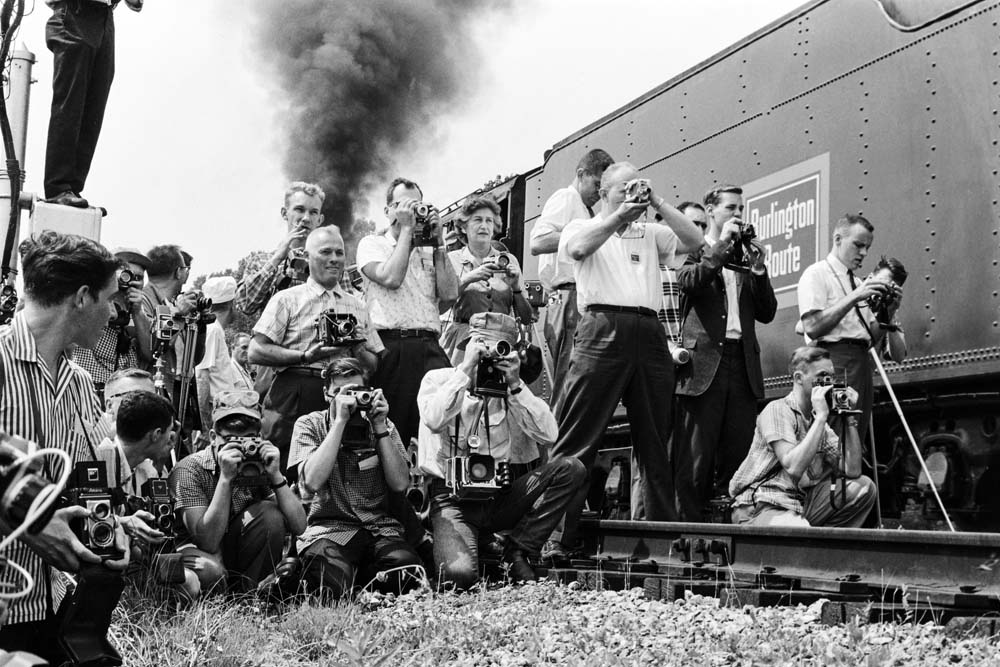
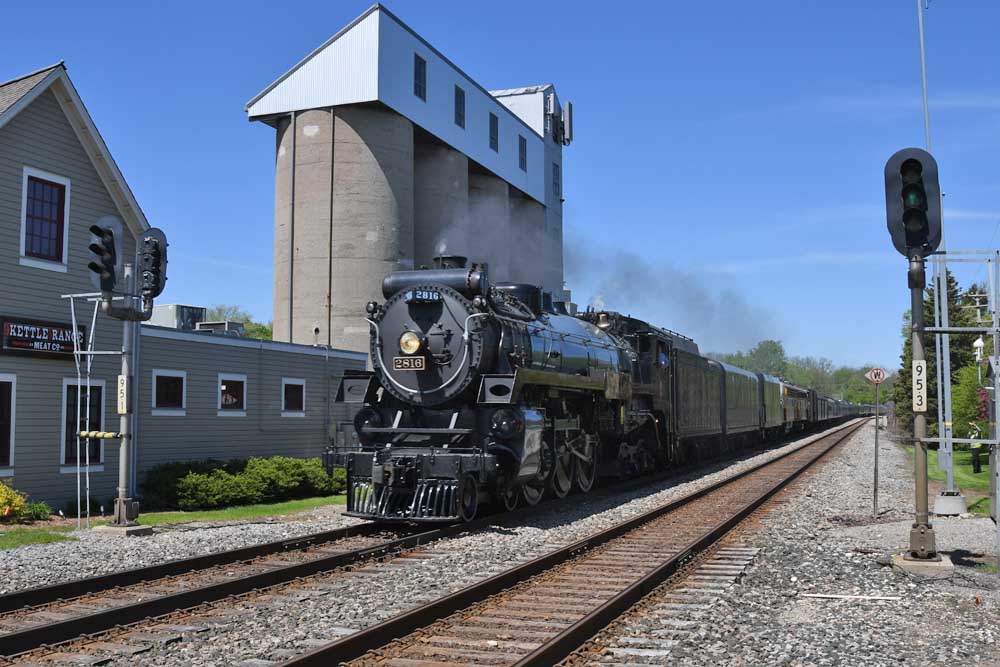
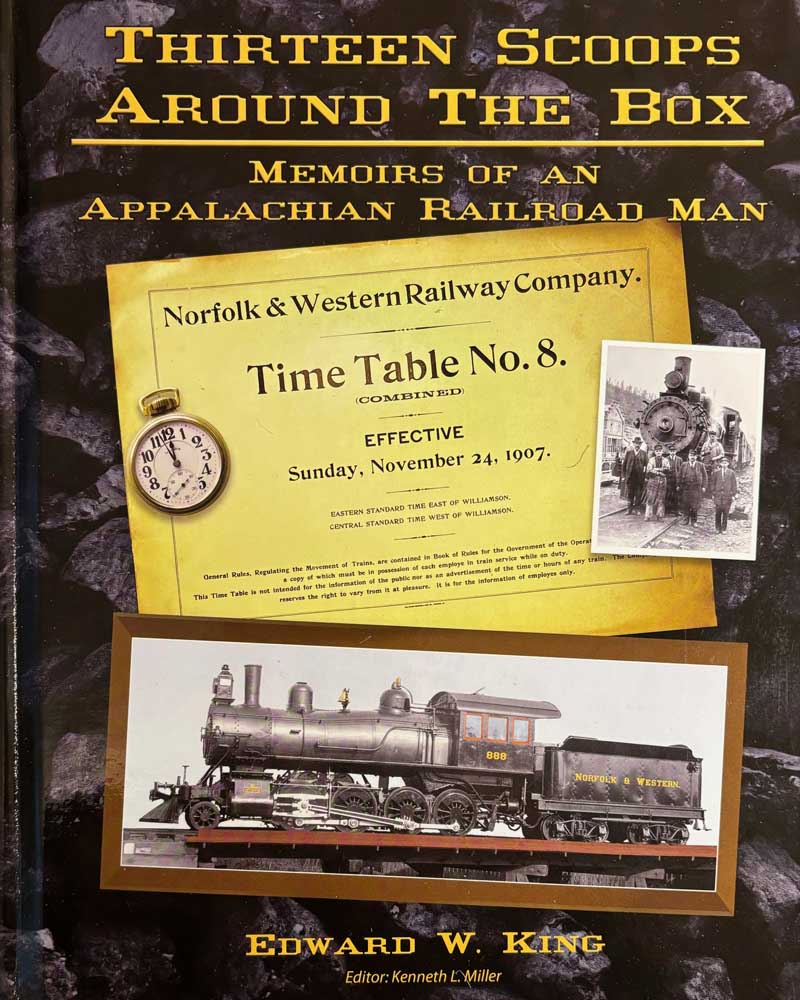
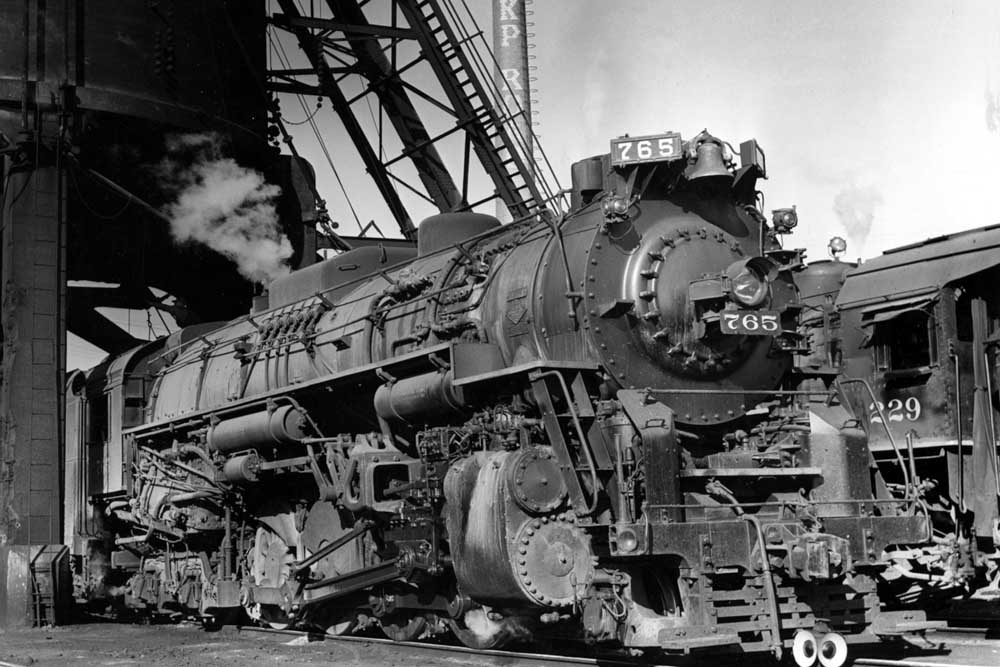




Well done, Fred–extremely well done! Like Kevin and others, once I opened the book it was impossible to put down. It captures a time and place so well, grabs you by the throat, and never lets go. And the Super Chief is next? Can’t wait!
Kudos all around.
Ted Benson
Thank you for making me aware of this novel. Like most visitors to this website, I’ve enjoyed Fred’s writing for many years, and I’m looking forward to adding Seldom Willing to my library, next to my copy of Last Train to Texas.
Mr. Frailey isn’t the only transportation writer who has written a terrific novel. In 1963, United Press writer Robert J Serling, who covered aviation safety for UPI, wrote The Left Seat, about a pilot who refuses to deny his responsibility for a fatal crash of a DC-7. The Left Seat is the best portrait of the US airline industry in the 1950s, because Mr. Serling, like Mr. Frailey, knew his subject so well.
Sounds like an interesting theme for a story. Will have to keep my eyes open to get this version of Fred’s World!
Beings as how I grew up in Southwestern Kansas.
First my grandfather was an engineer on the Rock Island with some history of his life on the Rock. He was the last train across the bridge over the Cimarron before it wash washed away on September 5, 1938. The new bridge was rebuilt and removed 113 feet of elevation, 353 degrees of curvature, and reduced the distance of the line by 3.5 miles.. March of 1939 the 4 concrete piers were finished and “The Sampson of the Cimarron” saw the 5 steel deck truss spans swung into place. July 9, 1939 the line was back in operation.
Our grandfather was the engineer to take the first passenger train across it.
We would often drive from our farm northwest of Pratt to pickup grandfather when his return trip was completed and ready to go home to spend time with the family!
My fascination with trains began in my early years. The road to our farm we had to cross a raised grade which I learned had once been the abandon crossing with the ‘Wichita and Northwestern”.
After we left the farm we moved to Coldwater, Kansas. I took over a paper route while in 6th grade and would sometimes go to the Santa Fe depot to pick up papers to be delivered.
That branch was also abandon in later years from Pratt to Englewood, Kansas. At one time the Santa Fe had plans to extend that line as the shortcut to California.
In later years we moved to Greensburg, Kansas where yet another railroad had built through but later abandon 9 miles west of Greensburg.
About 35 years ago I started painting railroad scenes of old, mostly abandon railroads in 3D pictures. Paint part of the scene from old photos then part of the train I build small replica models of the train depicted in the scene, so part of the train appears to be coming out of the painting.